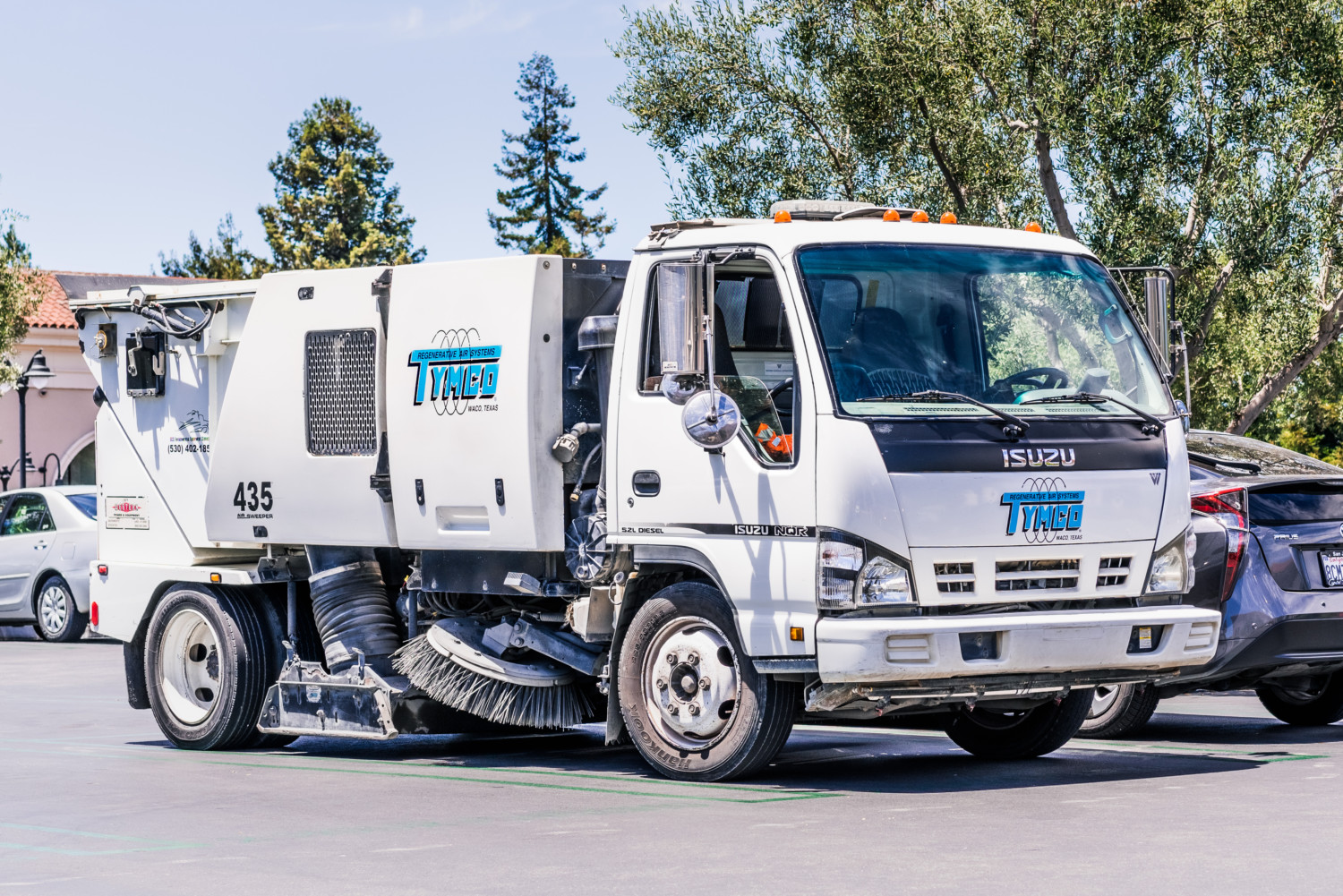The products and services mentioned below were selected independent of sales and advertising. However, Simplemost may receive a small commission from the purchase of any products or services through an affiliate link to the retailer's website.
A snowplow’s purpose is fairly obvious. But if you’ve ever watched a street sweeper at work, you might have wondered what exactly it’s accomplishing.
Turns out it’s not just sweeping away dirt and leaves along the edges of streets. It’s also sucking up debris to keep curbs and sewer drains clear of leaves, dirt, mud, nails, glass and other things that can be hazards — or which just make the streets look unkempt. If you’re in an area that gets snow, street sweepers help clear up salt and sand used on the roads during the winter.
Mechanical street sweepers first came onto the urban scene at the beginning of the 20th century. In Manchester, England, Joseph Whitworth invented a street cleaner in 1843, but in the U.S., C.S. Bishop patented one in 1849; C.B. Brooks is also credited for the invention in 1896. Some of these early machines were originally “powered” by horses before automobiles were invented.

Today there are conventional street sweepers that use brooms and water, and there are regenerative street sweepers that use hydraulic air systems to collect debris. No matter the type of vehicle, street sweepers have to drive at a slow pace to make sure they collect everything.
Street sweepers often have two steering wheels so drivers can switch sides depending on whether they are focusing on the left or right side of a road or median. There are also two engines, one to run the vehicle and one to run the sweepers, water and suction. Rubber flaps or skirts keep the debris from escaping.
The City of Lakeville, Minn., has a video that explains the basics of its street sweepers. Two wheels at the center back of this particular vehicle allow it to maneuver more easily. The two side brooms on the machine push debris into the path of the main broom, which takes it all onto a conveyor that sends it into a big bucket or hopper.
Watch their video on how a street sweeper works, complete with host Hank the Hog, here:
Athens Services in California did a more detailed video about one of its street sweepers, showing the inside controls, backup camera, sweeper broom tilt function, lights for early mornings and safety lights and mirrors that allow the large vehicle to get around safely. There are extra hand brooms, shovels and other tools for the street sweeper driver to use if the vacuum on the vehicle gets clogged.
If you’ve seen a street sweeper spraying water as it goes, it’s less to clean the streets and more to keep the dust down as the vehicle moves along.
Here’s the video from Athens Services, which offers waste collection and recycling services in the greater Los Angeles area:
A City of Pasadena, Calif., video shows how street sweepers can hook up to fire hydrants to refill their water tanks. The driver explains that he can be in and out of the truck a lot when going along his route to get debris like large branches and rocks that can’t be sucked up by the vehicle. He cleans up about 10-12 miles of residential streets or 18-28 miles of main roads per day.
“I like to keep the city looking nice,” the driver says.
The video here can be found through PasadenaChannel, the city’s YouTube page:
As this video shows, there are many different kinds of street sweepers, from the type that shoots water out in front of it to clean the road to one that can suck up leaves piled on roads. Similar vehicles can cut grass and brush and suck it up as they go.
The footage comes from Circle Tube, a YouTube channel that focuses on the latest in engineering technology:
We think driving a street sweeper vehicle would be a very satisfying job, right up there with power-washing stuff all day. What do you think?
This story originally appeared on Simplemost. Checkout Simplemost for additional stories.


